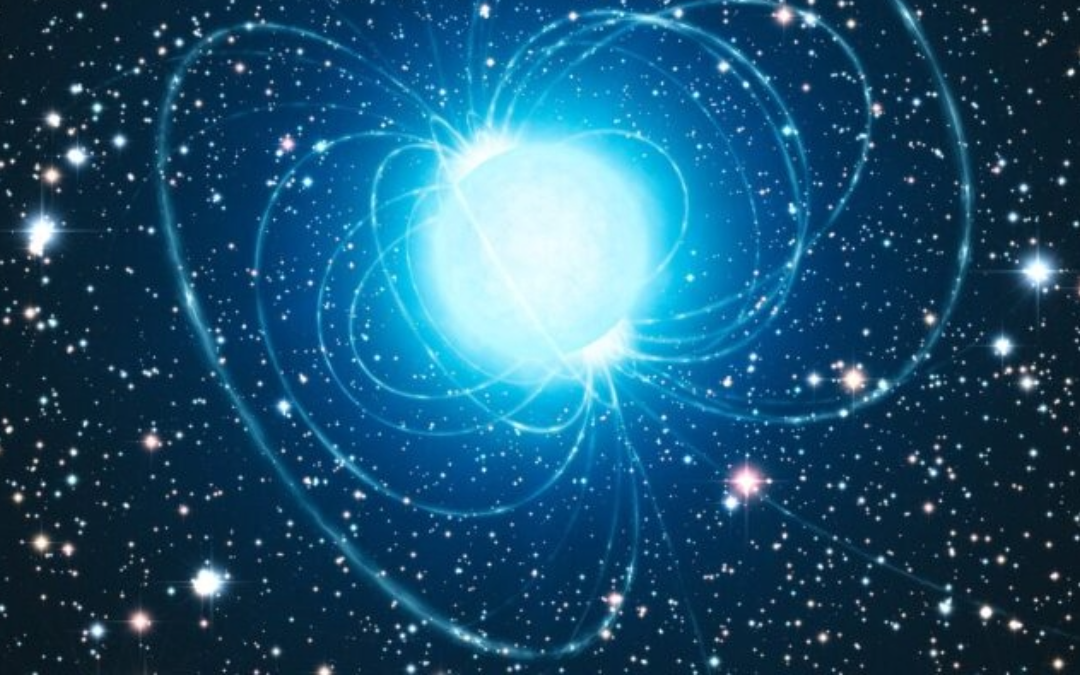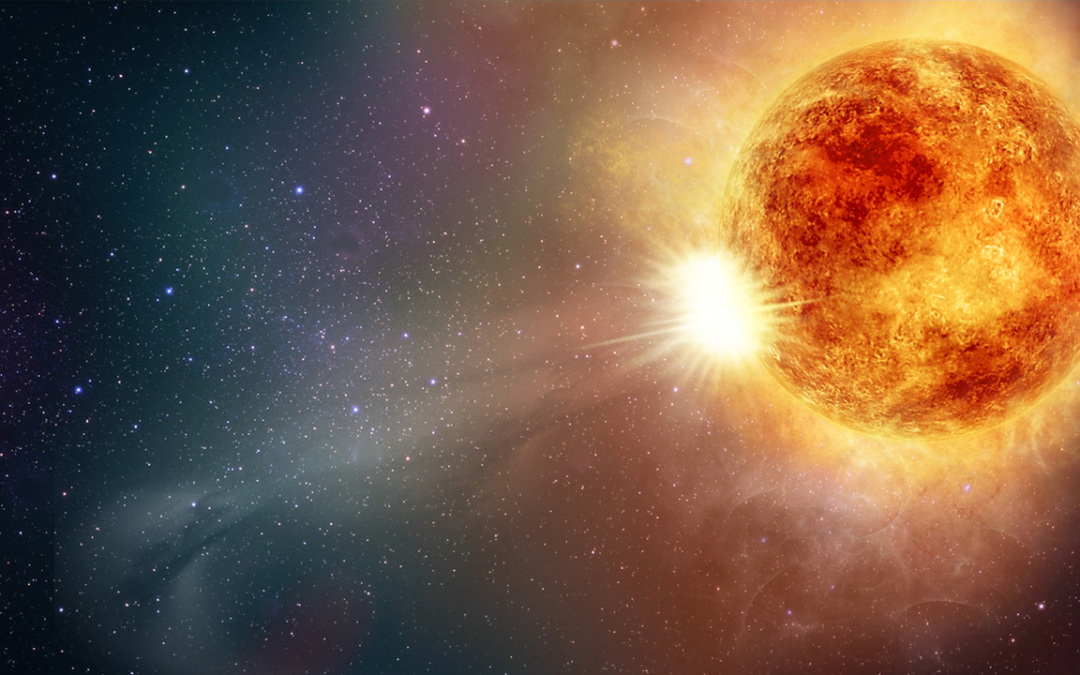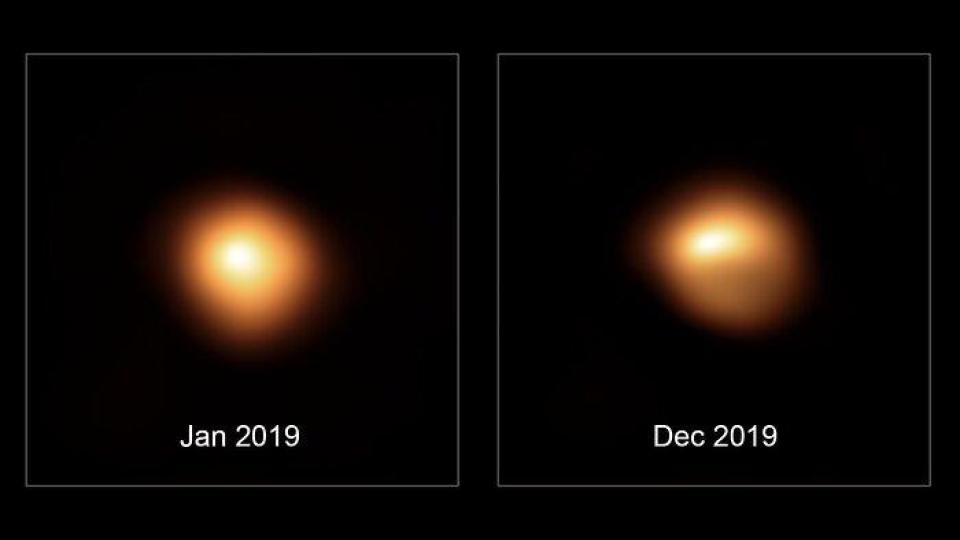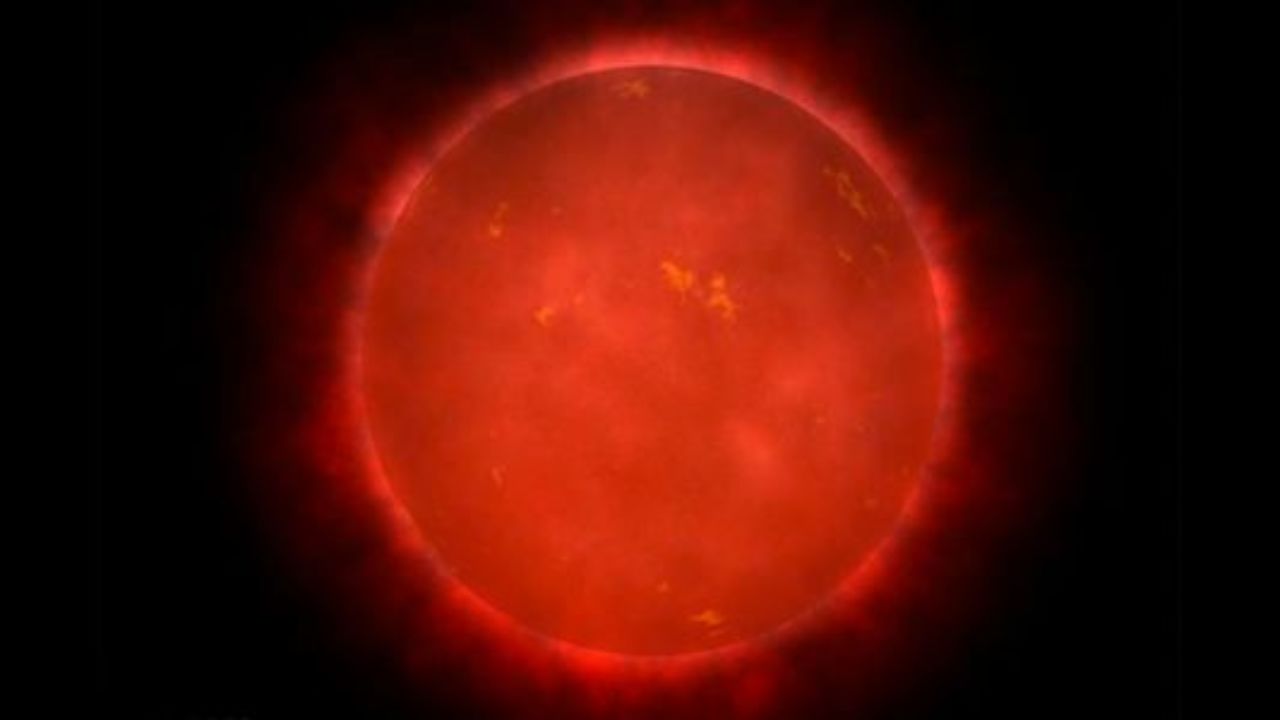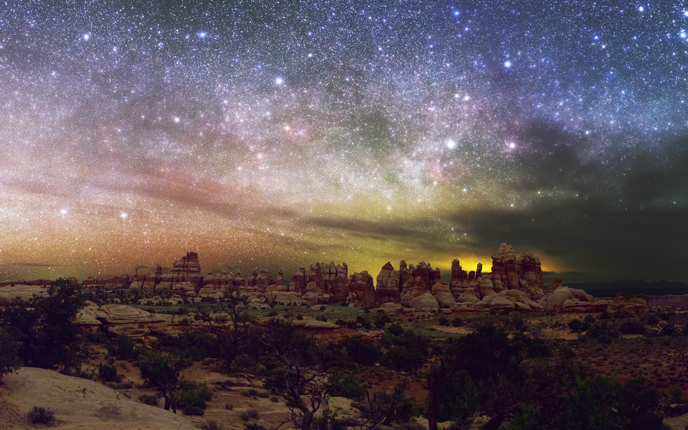Fast Radio Bursts the briefest of moments, some dead stars can flash brighter than their entire galaxy (in Radio light) and then live to do it again and again. It’s time for an update on fast radio bursts, a phenomenon we’ve only known about for a few decades.
